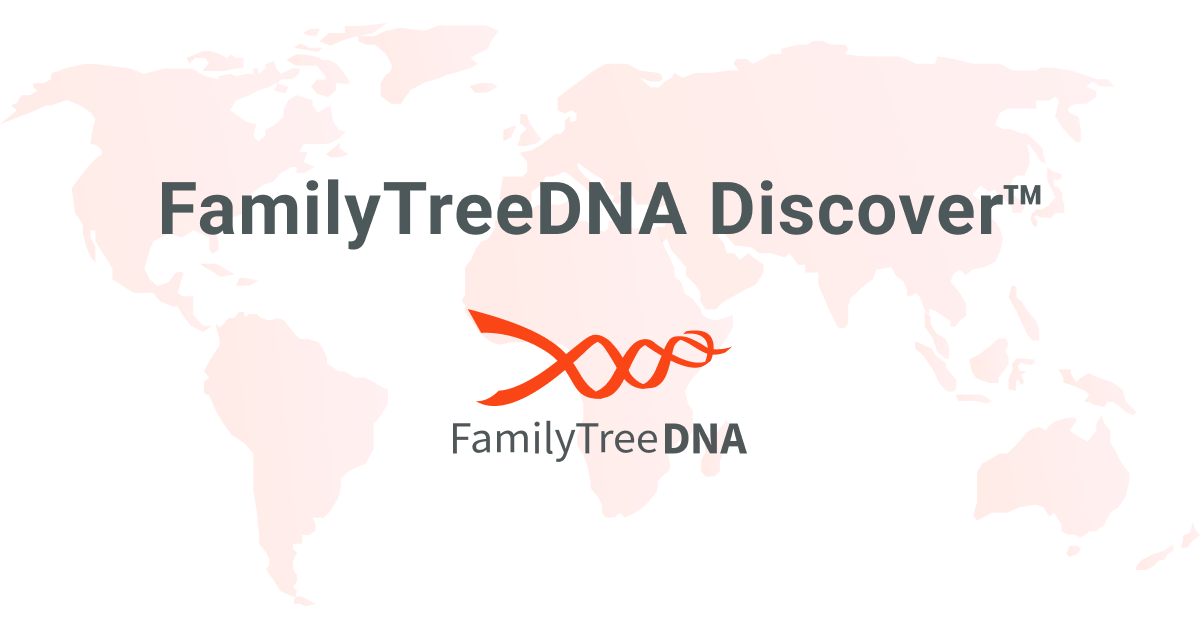EngelhornRon
Newbie
- Messages
- 24
- Reaction score
- 4
- Points
- 3
Hello, my FTDNA Y DNA kit # is 369210, and Haplogroup # is J-FTC79873.
I have been on FTDNA for years with no Y-DNA matches but one my brother. Bought the Big Y over a year ago with no matches. My biological surname is Engelhorn with solid paper trail in Germany back to the early 1500's. Rumor is we migrated from Switzerland.
I am trying to trace our migration line back to its origin around 950 BCE were I match with another J-FTC79873 Bulgarian guy.......does this mean my ancestor migrated from the Bulgarian region?
Thank you,
Ron Engelhorn
I have been on FTDNA for years with no Y-DNA matches but one my brother. Bought the Big Y over a year ago with no matches. My biological surname is Engelhorn with solid paper trail in Germany back to the early 1500's. Rumor is we migrated from Switzerland.
I am trying to trace our migration line back to its origin around 950 BCE were I match with another J-FTC79873 Bulgarian guy.......does this mean my ancestor migrated from the Bulgarian region?
Thank you,
Ron Engelhorn


